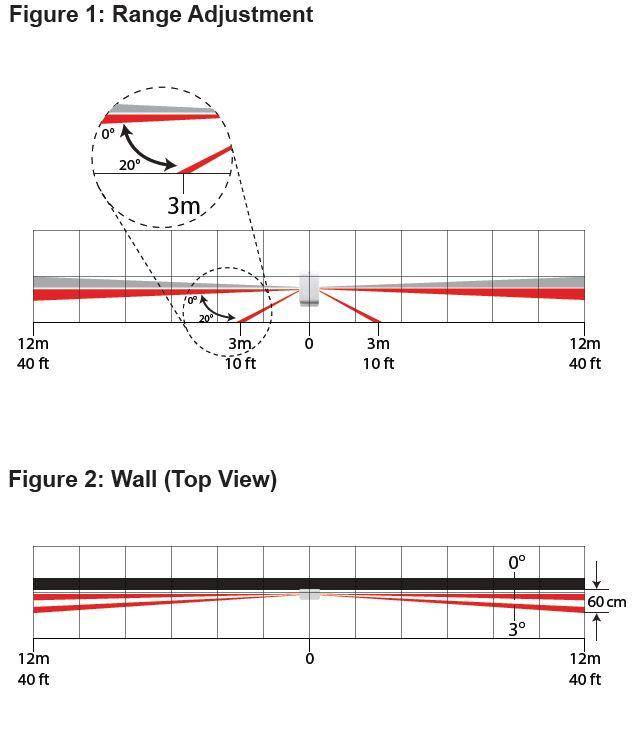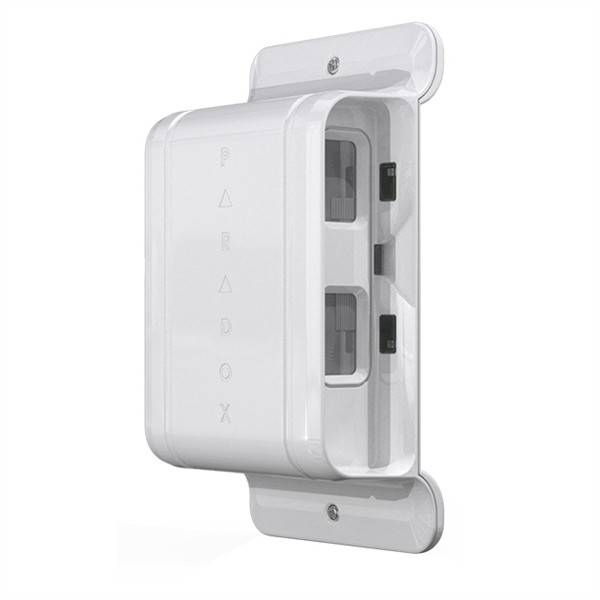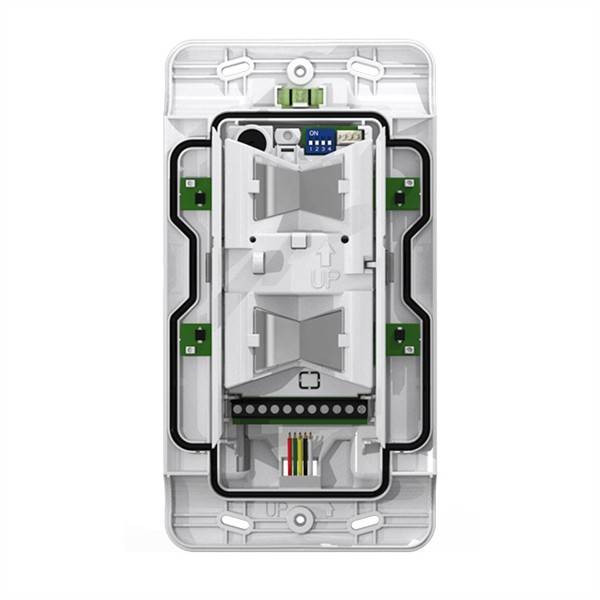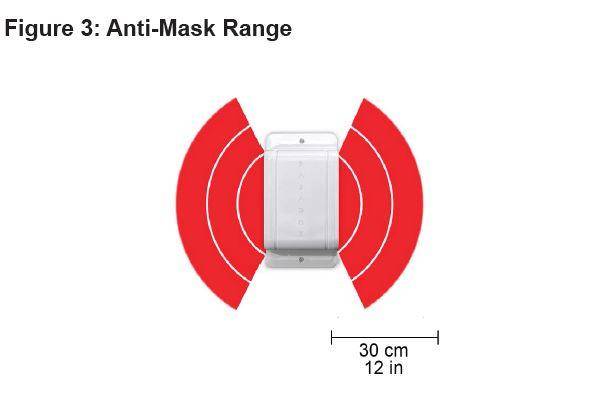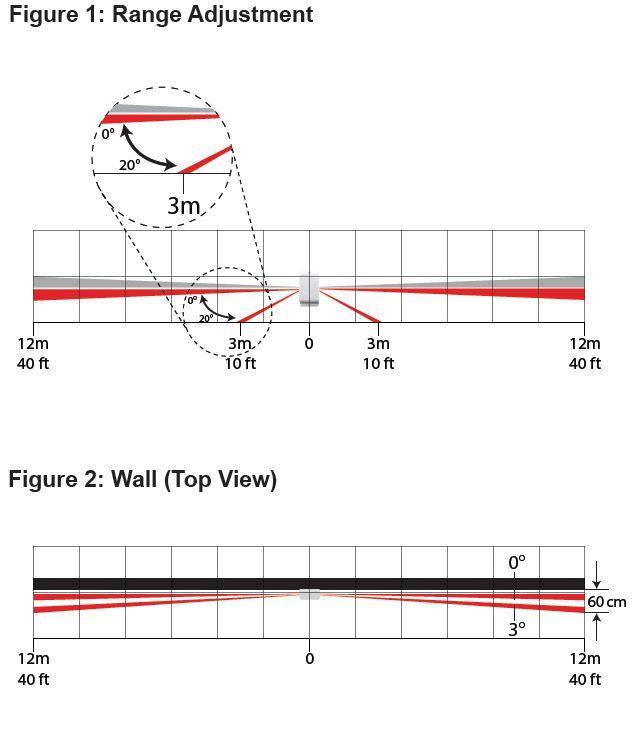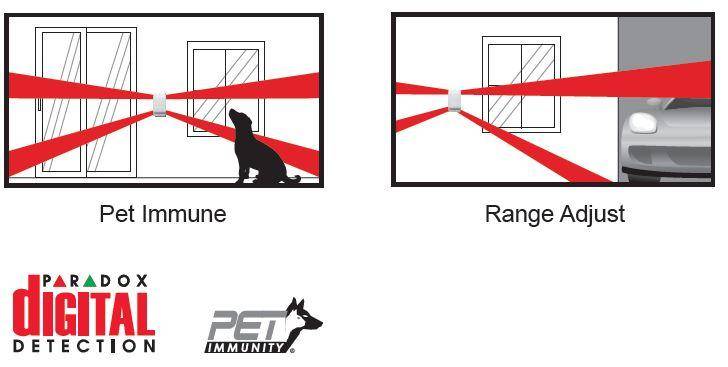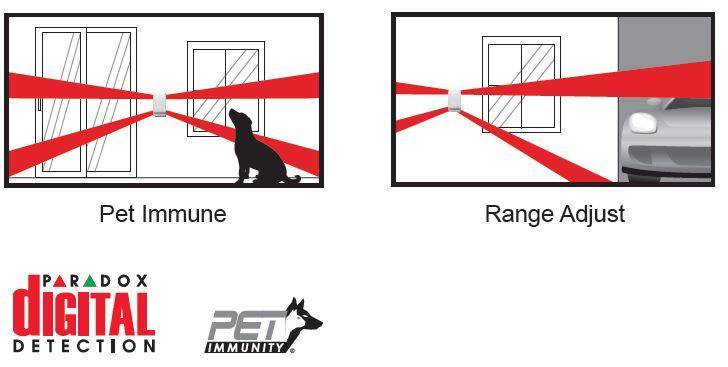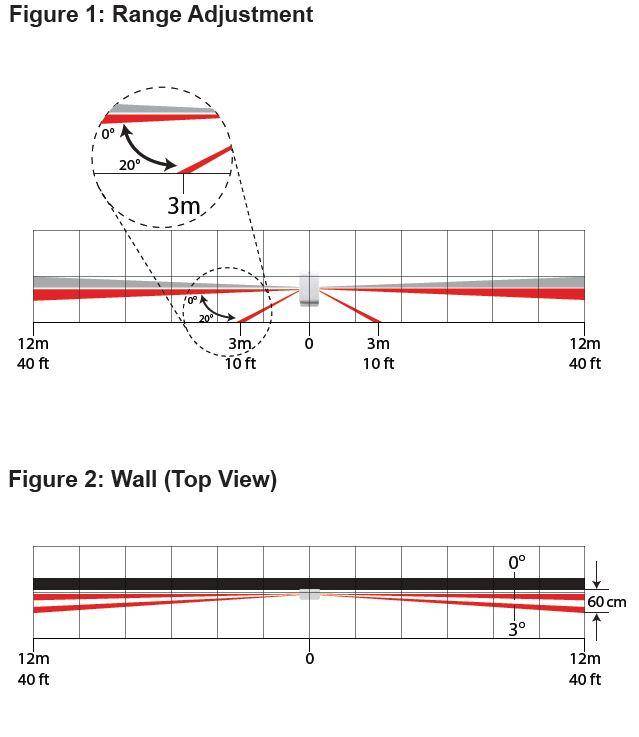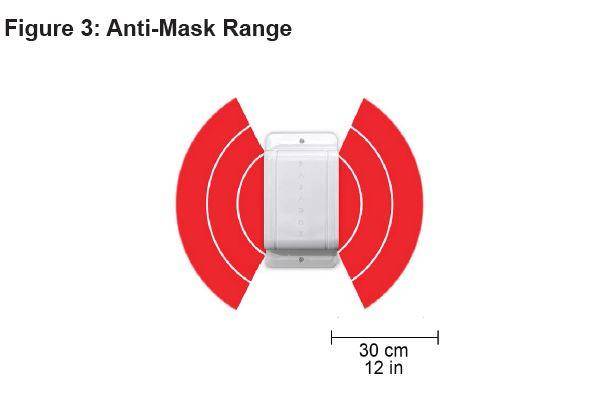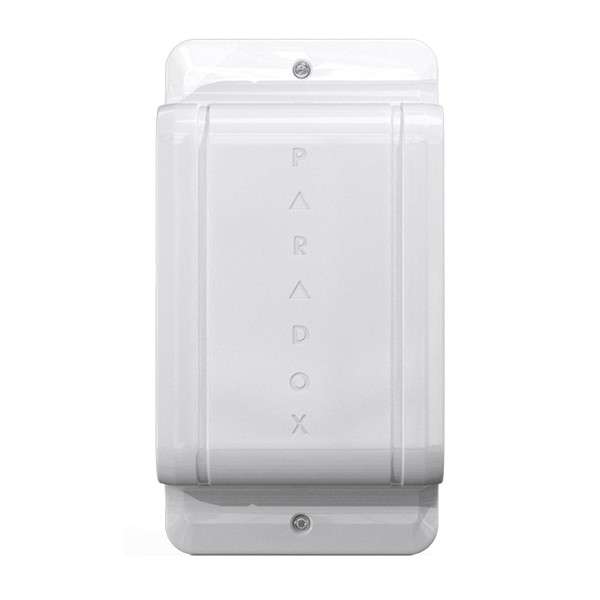Paradox NV780M
Paradox NV780M detector is designed to provide a pre-entry protectionsolution, while keeping the perimeter free from movement,designed to protect exterior/interior walls and doors or windows.Available in both wired relay and bus connection with EVOpanels (NV780MX), or in a wireless version (NV780MR) internallyselectable to transmit at 433 MHz or 868 MHz.The NV780M rugged indoor/outdoor detector incorporates twodouble passive infrared side-by-side detectors (right and left view),independent of each other with separate anti-mask detection foreach side. The optics are specially designed to provide multiplenarrow beams for excellent detection covering up to 12m (40 ft)for each side.Range adjustment is performed by adjusting the viewing angleof the bottom facing beams (moving them up and down). Thedetectors are configurable to report as a single unit (two sidedetectors reporting to a single zone output) or as dual units (eachside reporting to a separate zone). The NV780MR provides up tothree years of extended battery life.
Immediate Perimeter Protection
The NV780M Series creates a narrow detection beam patternfrom 3m (10 ft) up to 12m (40 ft) on each side protecting windows,doors and walls.
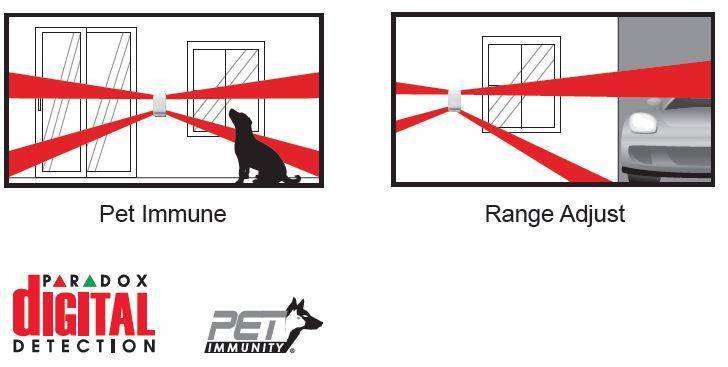
Active IR Anti-Mask
Paradox Anti-Masking technology, anti-masking detectionregulatory requirements with enhanced range and shorterdetection period resulting in superior Anti-masking detection andstable reliability. The NV780M Series recognizes objects placedclose proximity up to 30 cm / 12 in. of the lens within 20 secondsdetection confirmation developed for outdoor environments,detection includes hard to detect clear lacquer, aluminum foiland clear adhesive tape, as well as degradation of the lens dueto dirt or dust.
Adjustable Detection Range
The NV780MX/NV780MR detection range can be adjustedseparately for each side by sliding the down-looking beams up ordown, adjusting the range from 3m to 12m. The beam sensitivitygain can also be adjusted digitally as well by a dip switch (Fig. 1).
Adjustable Beam Angle from Wall
Beams can be parallel or 3° away from wall and can be adjustedseparately for each side (Fig. 2).
